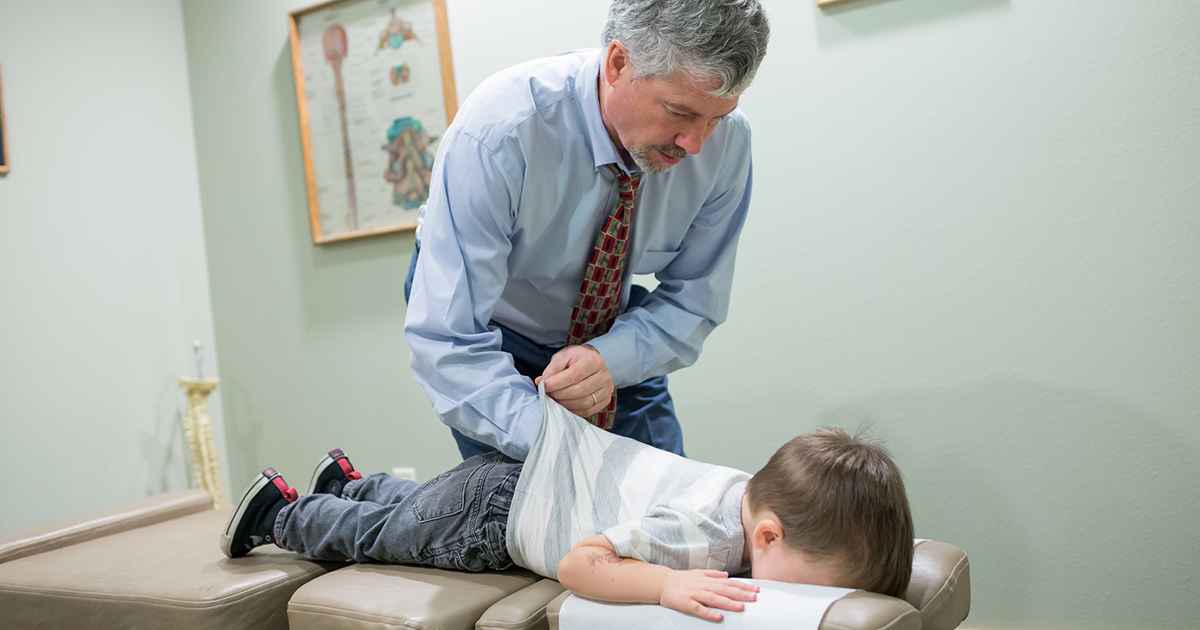Common Symptoms Of Rickets
Delayed Growth

The vitamin D deficiency also causes delayed growth in some children with rickets, which means the child isn’t growing at the typical rate for their age, and they are smaller and not as strong as their peers. Rickets tends to strike when the patient is a baby. This is when they would normally be experiencing very rapid growth, and their need for vitamin D and calcium to build their bones is great. Again, the way to correct the delayed growth is to treat the child’s rickets as soon as possible. If the child isn’t treated while they are very young, they may become unusually short adults. Moreover, any skeletal deformities they have as the result of their rickets will be very difficult to treat.
Pain In Spine, Pelvis, And Legs

The softness of the bones of a patient with rickets makes their skeletons ill-equipped to support their body, which leads to pain, especially in weight-bearing areas such as the legs, spine, and pelvis. The child may also have pain in their arms. There is not just pain in these areas, but the bones in those areas are tender and are at risk of fractures because they are soft. The spine may also be curved and the bones of the pelvis not only painful and tender but deformed. This only compounds the pain the child feels.
